Home>Furniture>Outdoor Furniture>How Much Pea Gravel Do I Need For A 10X10 Patio
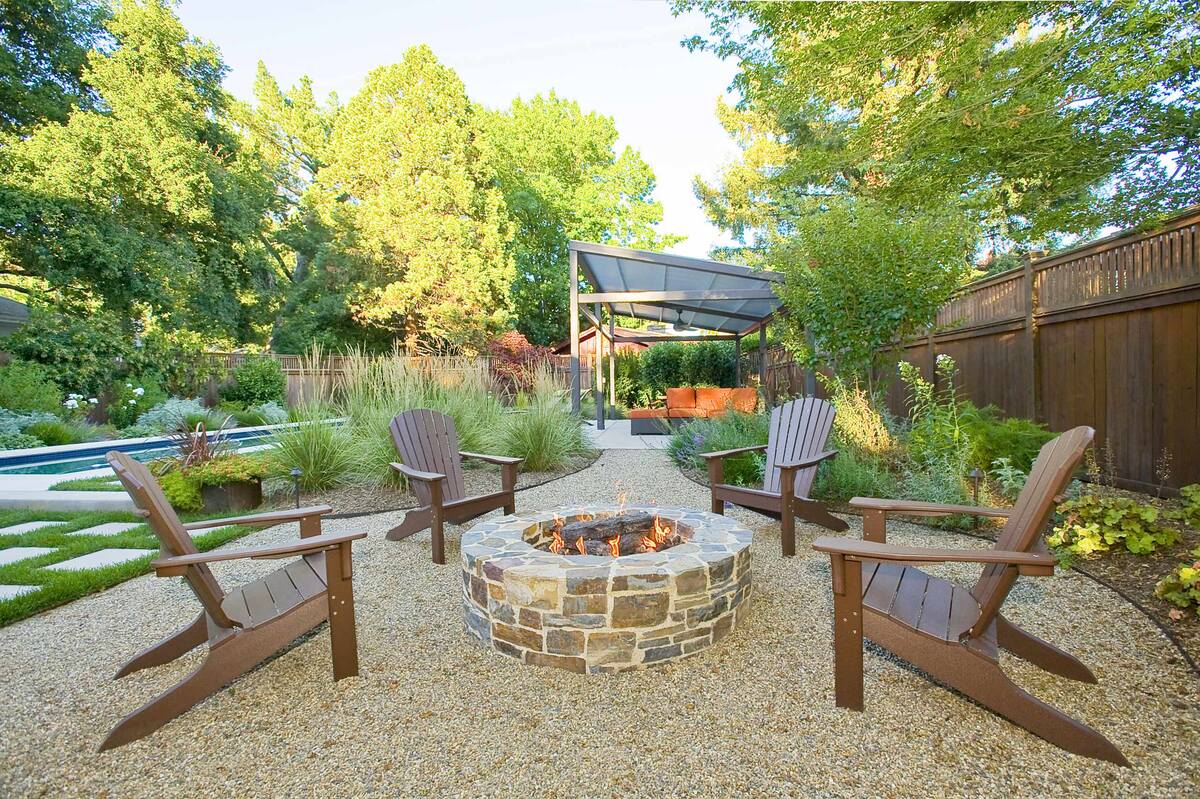

Outdoor Furniture
How Much Pea Gravel Do I Need For A 10X10 Patio
Modified: May 6, 2024
Calculate the exact amount of pea gravel needed for your 10x10 patio. Transform your outdoor furniture area with the perfect amount of pea gravel.
(Many of the links in this article redirect to a specific reviewed product. Your purchase of these products through affiliate links helps to generate commission for Storables.com, at no extra cost. Learn more)
Introduction
Welcome to our comprehensive guide on calculating how much pea gravel you need for a 10×10 patio! Whether you are embarking on a DIY patio project or working with a professional contractor, understanding the quantity of pea gravel required is essential for a successful outcome. Pea gravel is a versatile and attractive option for outdoor flooring, providing a natural and rustic look to any space. Before you begin your project, it’s important to determine the amount of pea gravel needed to cover the area adequately.
In this article, we will walk you through the step-by-step process of calculating the amount of pea gravel required for a 10×10 patio. We will cover everything from understanding pea gravel and measuring the patio area to taking into account compaction and adding extra for waste. So, let’s dive in and get started!
Key Takeaways:
- Calculate the area of your 10×10 patio by multiplying the length and width. Then, determine the depth of pea gravel needed for proper coverage and drainage.
- To ensure you have enough pea gravel for your patio, calculate the volume needed, account for compaction, and add extra for waste. Enjoy creating a beautiful outdoor space!
Read more: How Many Pavers Do I Need For A 10X10 Patio
Understanding Pea Gravel
Before we delve into the calculation process, let’s take a moment to understand what pea gravel is. Pea gravel is a type of small, rounded stone that is often used in landscaping and outdoor construction projects. It is characterized by its smooth texture and aesthetically pleasing appearance.
Pea gravel is typically made from river rocks or crushed stones, and it comes in various sizes, ranging from 1/8 inch to 3/8 inch in diameter. The stones are typically smooth and rounded, similar to the shape of peas, hence the name “pea gravel.”
One of the primary advantages of using pea gravel is its versatility. It can be used in a variety of outdoor applications, including patios, pathways, driveways, and decorative borders. Pea gravel is also known for its excellent drainage properties, making it a popular choice for areas that experience heavy rainfall.
When it comes to choosing the right type of pea gravel, consider factors such as the color, size, and texture that will best complement your outdoor space. Pea gravel is available in various colors, including natural earth tones like beige, brown, and gray, as well as more vibrant options like red and blue. Select the color that matches your desired aesthetic and blends well with the surrounding landscape.
In terms of size, pea gravel between 1/4 inch and 3/8 inch in diameter is commonly used for patio projects. This size range provides a good balance between aesthetics and functionality, allowing for easy walking and water drainage.
Now that we have a solid understanding of what pea gravel is, we are ready to move on to calculating the amount needed for a 10×10 patio.
Calculating the Area of the Patio
Before we can determine how much pea gravel is needed for your 10×10 patio, we first need to calculate the area of the patio. This step is crucial as it provides us with the base measurement from which to determine the volume of pea gravel required.
To calculate the area of a rectangular patio, simply multiply the length of the patio by its width. In this case, since we have a 10×10 patio, the calculation would be:
Area = Length x Width = 10ft x 10ft = 100 square feet
Now that we know the total area of the patio is 100 square feet, we can move on to determining the depth of pea gravel needed.
It’s important to note that when measuring the patio area, it’s crucial to be as accurate as possible. Take into account any irregularities in shape and adjust your measurements accordingly. If the patio has any curved or uneven edges, it’s recommended to break it down into smaller, more manageable sections and calculate the area for each separately.
By accurately calculating the area, you avoid underestimating or overestimating the amount of pea gravel required, ensuring a smooth and efficient installation process.
Determining the Depth of Pea Gravel
Now that we have calculated the area of the patio, the next step is to determine the desired depth of the pea gravel. The depth of pea gravel will depend on several factors, including the intended use of the patio and personal preference.
For most patio projects, a recommended depth of pea gravel is around 2-3 inches. This depth provides sufficient coverage while allowing for proper drainage. However, if you anticipate heavier foot traffic or plan to use the patio for furniture placement or entertaining, you may want to consider increasing the depth to 4 inches.
To determine the required depth, take into account the specific circumstances of your patio project. If you live in an area with heavy rainfall or poor drainage, you may want to opt for a slightly higher depth to ensure adequate water runoff. Alternatively, if your patio will primarily serve as a decorative space with minimal foot traffic, a lower depth may be sufficient.
Consider the overall functionality and aesthetics you desire for your patio, as well as any specific requirements or recommendations from your contractor or landscaping professional. Balancing these factors will help you determine the ideal depth for your pea gravel.
Once you have decided on the desired depth, we can move on to calculating the volume of pea gravel needed to cover the patio area.
To calculate the amount of pea gravel needed for a 10×10 patio, use the formula: length x width x depth (in feet) / 27 = cubic yards of pea gravel needed.
Calculating the Volume of Pea Gravel
Now that we know the area of the patio and the desired depth of the pea gravel, we can calculate the volume of pea gravel needed to cover the patio area. To do this, we will multiply the area by the depth.
Let’s assume we have a patio area of 100 square feet and a desired depth of 2 inches. First, we need to convert the depth from inches to feet by dividing it by 12. In this case, 2 inches divided by 12 equals 0.17 feet.
Next, we multiply the area (100 square feet) by the depth (0.17 feet).
Volume = Area x Depth = 100 square feet x 0.17 feet = 17 cubic feet
So, for a patio with an area of 100 square feet and a desired depth of 2 inches, we would need approximately 17 cubic feet of pea gravel. It’s important to note that this calculation assumes an even and uniform distribution of the pea gravel.
If you prefer to work with different units of measurement, you will need to make the appropriate conversions. For example, if you prefer to work with cubic yards instead of cubic feet, you would divide the volume in cubic feet by 27 (since there are 27 cubic feet in a cubic yard) to determine the quantity of pea gravel required.
Keep in mind that this calculation provides an approximation and may need to be adjusted based on various factors, such as the compaction of the gravel and the specific requirements of your project.
Now that we have calculated the volume of pea gravel needed, we can move on to the next step: taking into account compaction.
Read more: How Much Gravel Do I Need For A Patio?
Taking Into Account Compaction
When working with pea gravel or any type of loose material, it’s important to consider compaction. Compaction refers to the process of compressing the material to reduce voids and increase its density.
Pea gravel is known for its loose nature, which means it may settle and compact over time with foot traffic and natural forces like rain or wind. To account for compaction, it’s recommended to adjust the initial volume of pea gravel accordingly.
A general rule of thumb is to increase the calculated volume by 10-20% to account for compaction. This additional volume compensates for any settling and ensures that the patio remains adequately covered with pea gravel over time.
Using our previous example of a patio with a calculated volume of 17 cubic feet, we would increase this by 10-20% to determine the adjusted volume. Let’s assume a 15% increase:
Adjusted Volume = Calculated Volume + (Calculated Volume x 0.15) = 17 cubic feet + (17 cubic feet x 0.15) = 17 cubic feet + 2.55 cubic feet = 19.55 cubic feet
Therefore, taking compaction into account, we would need approximately 19.55 cubic feet of pea gravel for our 10×10 patio.
By factoring in compaction, you can ensure that your patio remains visually appealing and functional in the long run. It’s better to have a slightly larger quantity of pea gravel than to risk having bare spots or uneven coverage over time.
Now that we have adjusted for compaction, we can consider adding a bit more gravel to account for any waste or unforeseen circumstances.
Adding Extra for Waste
When planning for any construction project, including the installation of a pea gravel patio, it’s always a good idea to add a little extra material to account for waste. Waste can occur due to various factors, such as spillage, uneven spreading, or unexpected contingencies during the installation process.
It’s recommended to add an additional 5-10% to the adjusted volume to accommodate for waste. This extra allowance will help ensure that you have enough pea gravel to complete the project without any last-minute hiccups.
Using our previous example of a patio with a calculated adjusted volume of 19.55 cubic feet, let’s add an additional 10% for waste:
Adjusted Volume with Waste = Adjusted Volume + (Adjusted Volume x 0.10) = 19.55 cubic feet + (19.55 cubic feet x 0.10) = 19.55 cubic feet + 1.96 cubic feet = 21.51 cubic feet
Therefore, considering waste, we would need approximately 21.51 cubic feet of pea gravel for our 10×10 patio.
By adding extra material for waste, you can ensure that you have enough pea gravel to complete the project without running out or having to make additional trips to the local supplier. It’s always better to have a little extra on hand than to come up short.
Now that we have accounted for waste, we have our final estimation of how much pea gravel is needed for a 10×10 patio. It’s important to note that these calculations serve as a starting point, and actual quantities may vary depending on specific project requirements and personal preferences.
With all these considerations in mind, you are now ready to confidently move forward with your pea gravel patio project. Enjoy the process of transforming your outdoor space into a beautiful and inviting area!
Conclusion
Calculating how much pea gravel you need for a 10×10 patio is an essential step in ensuring a successful and visually appealing outdoor space. By understanding the fundamentals of pea gravel, measuring the patio area accurately, determining the depth required, calculating the volume of gravel needed, accounting for compaction, and adding extra for waste, you can confidently plan and execute your patio project.
Pea gravel provides a versatile and attractive option for outdoor flooring, offering a natural and rustic look that enhances any outdoor space. Its excellent drainage properties make it a popular choice for patios, pathways, and other landscaping projects.
Remember to accurately measure the area of your patio, considering any irregularities in shape, and calculate the precise volume of pea gravel required. Adjusting for the desired depth, compaction, and adding a bit extra for waste will ensure that you have sufficient pea gravel to complete your project without any last-minute complications.
It’s always advisable to consult with professionals or experienced contractors for specific recommendations based on your project requirements and local conditions. They can provide valuable insights and guidance to ensure that you achieve the desired results.
Now that you have the knowledge and understanding of how to calculate the amount of pea gravel needed, you can confidently embark on your patio project. Enjoy the process of creating a beautiful and functional outdoor space where you can relax, entertain, and connect with nature.
Remember to take your time during the installation process, ensuring proper leveling and compaction of the pea gravel to create a long-lasting and visually pleasing patio. Take pride in your project and savor the satisfaction of a job well done.
So, go ahead and transform your 10×10 patio into an inviting oasis with the addition of pea gravel. Get creative and have fun while bringing your vision to life!
Excited to spruce up your outdoor spaces further? Dive into our guide on brightening your deck for vibrant gatherings and serene moments. You'll find practical tips and creative ideas to transform any deck into a cozy haven for outdoor living. Ready for another project? Check out our straightforward guide on constructing a DIY patio. This step-by-step approach ensures you can enhance your backyard with a personal touch, making it a perfect spot for relaxation or entertaining friends.
Frequently Asked Questions about How Much Pea Gravel Do I Need For A 10X10 Patio
Was this page helpful?
At Storables.com, we guarantee accurate and reliable information. Our content, validated by Expert Board Contributors, is crafted following stringent Editorial Policies. We're committed to providing you with well-researched, expert-backed insights for all your informational needs.
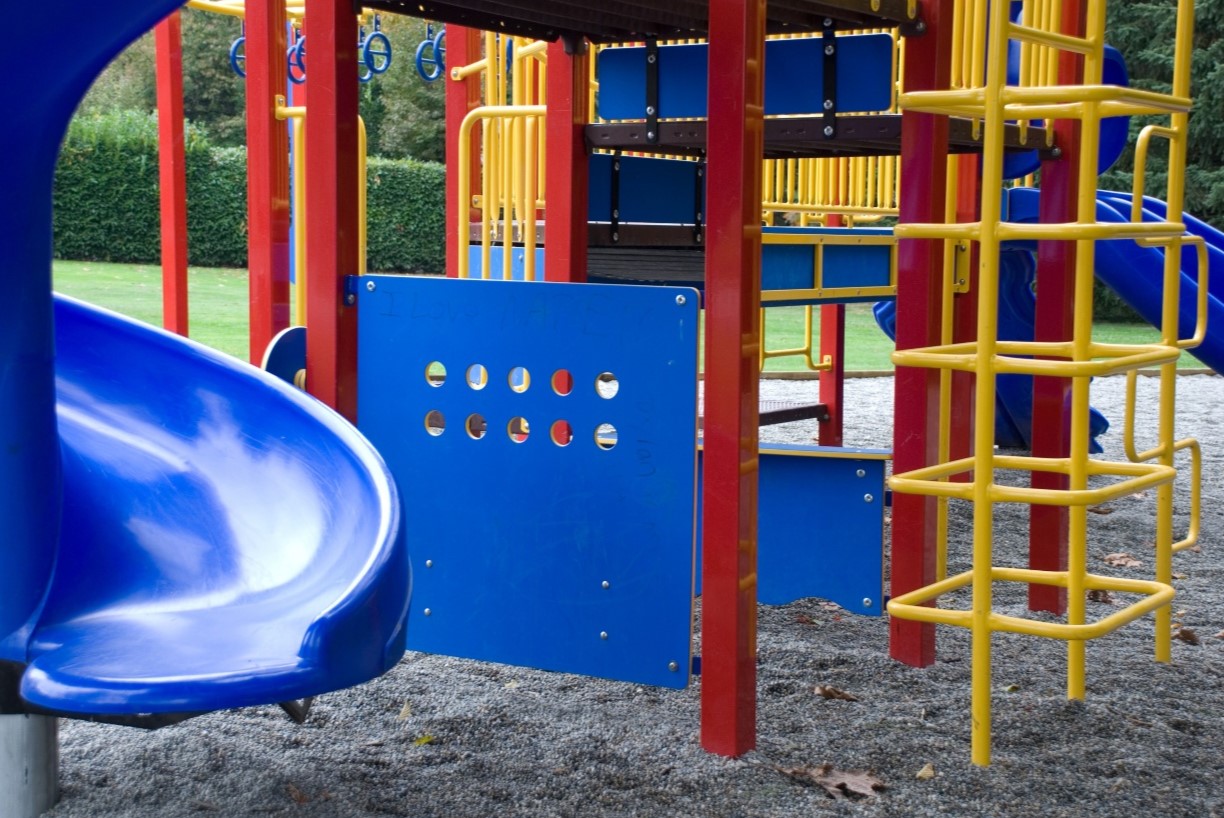
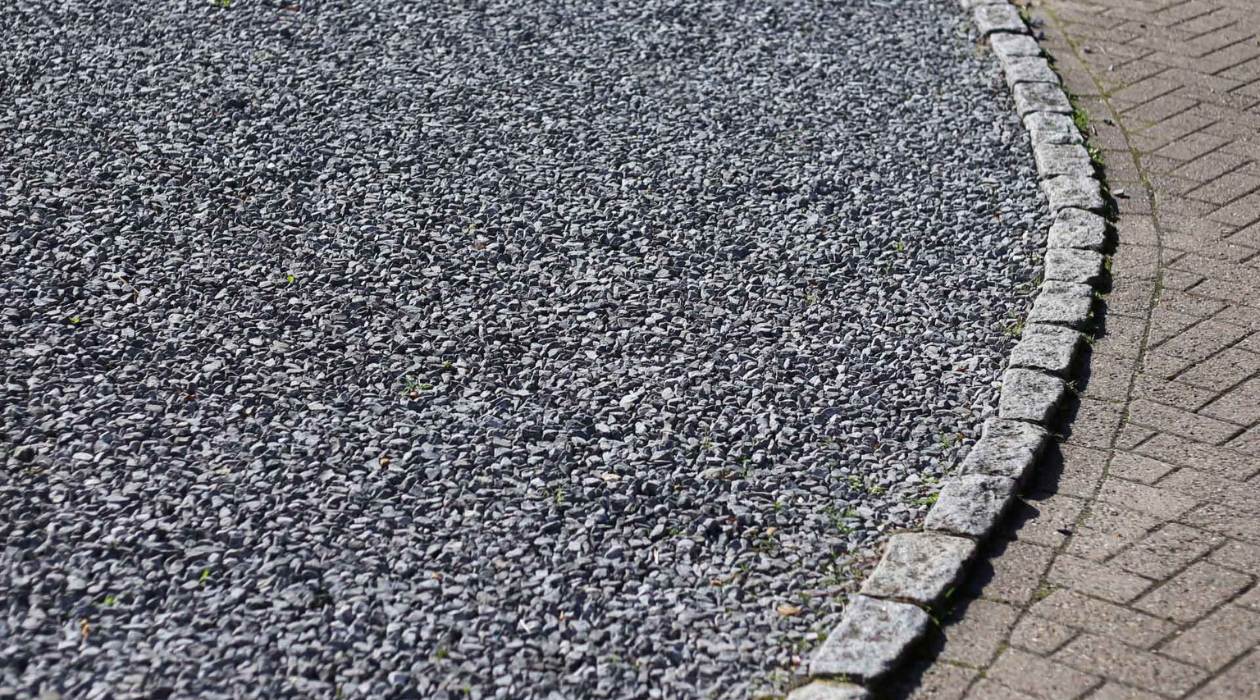
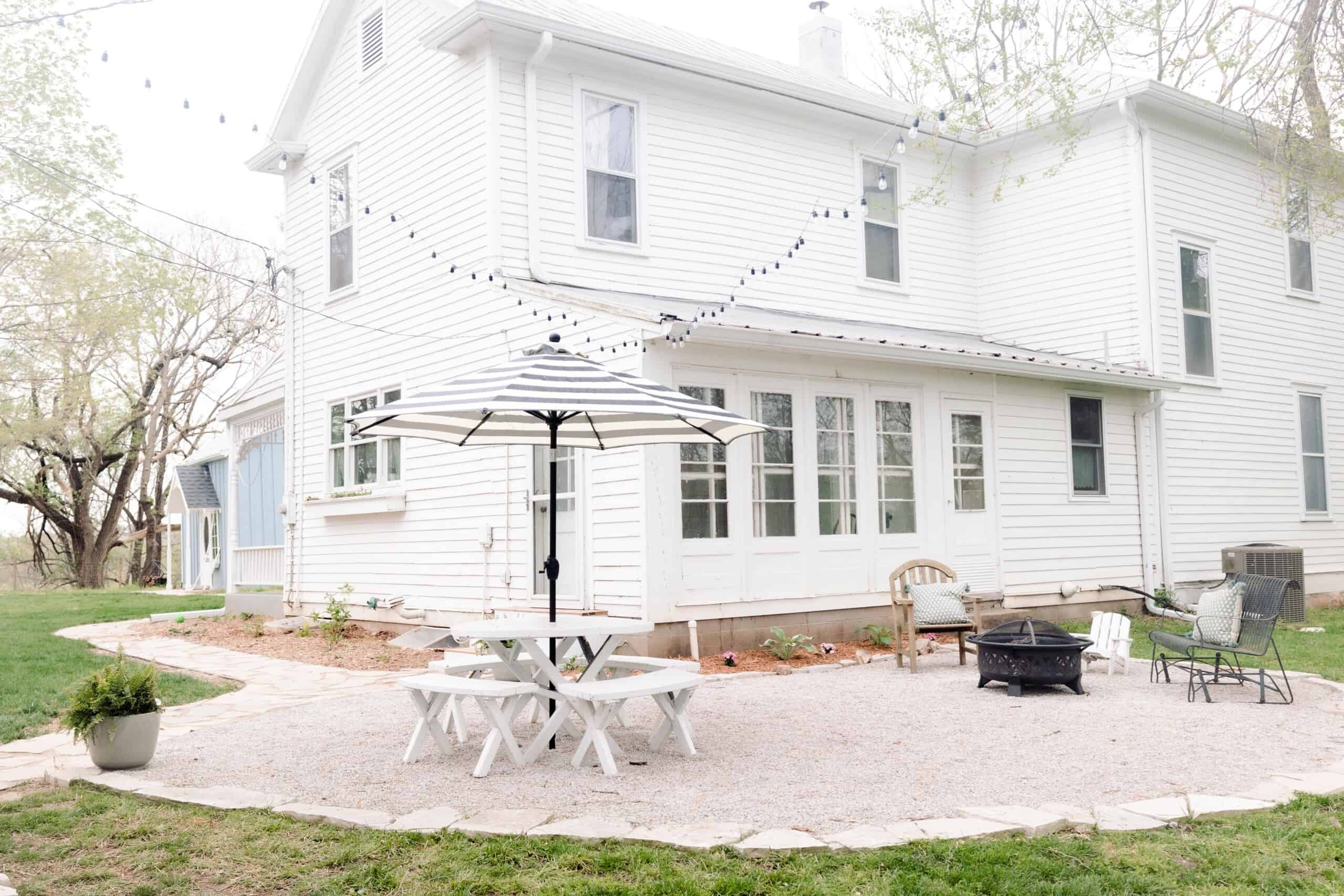
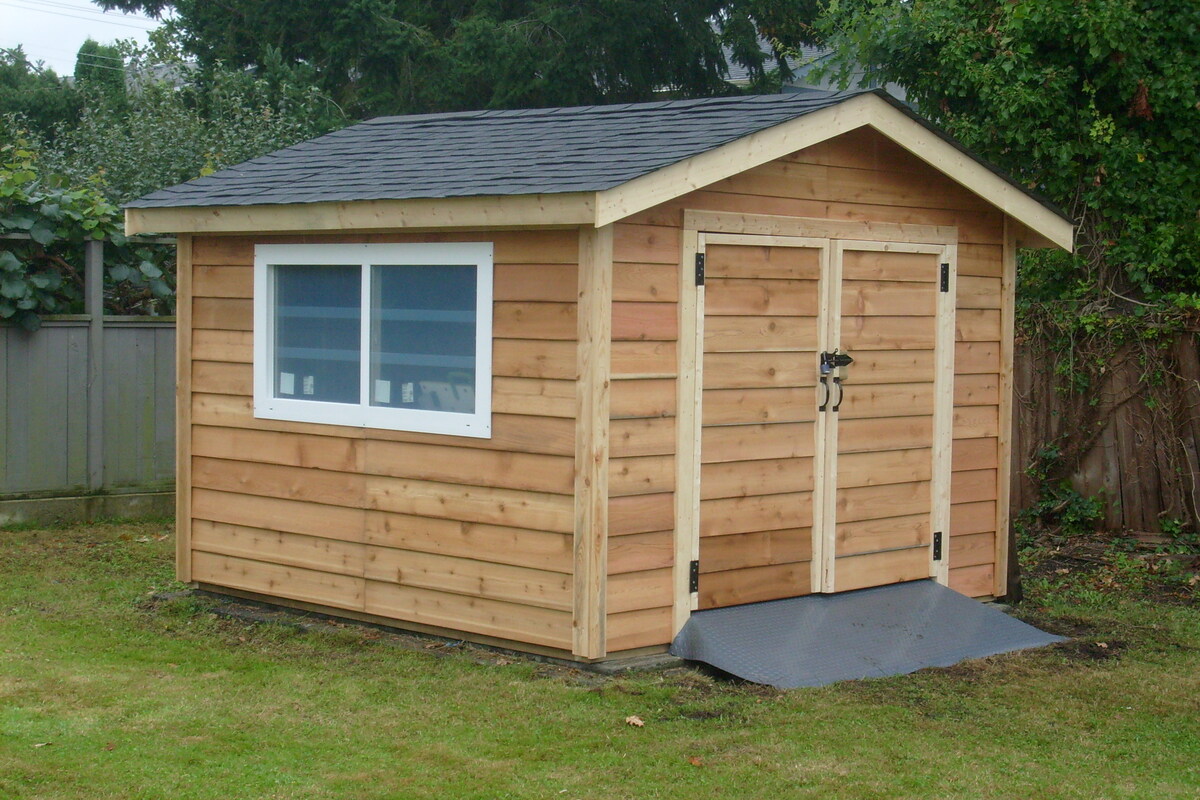
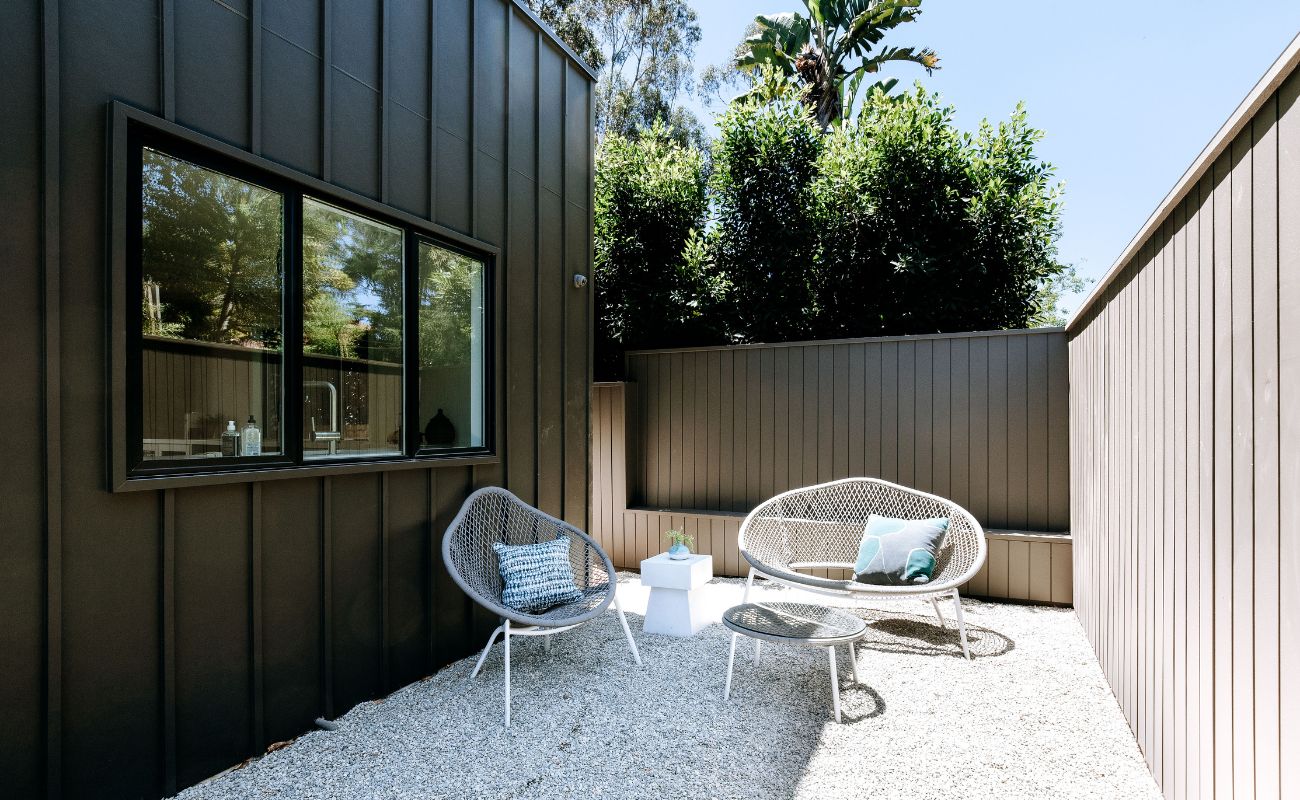
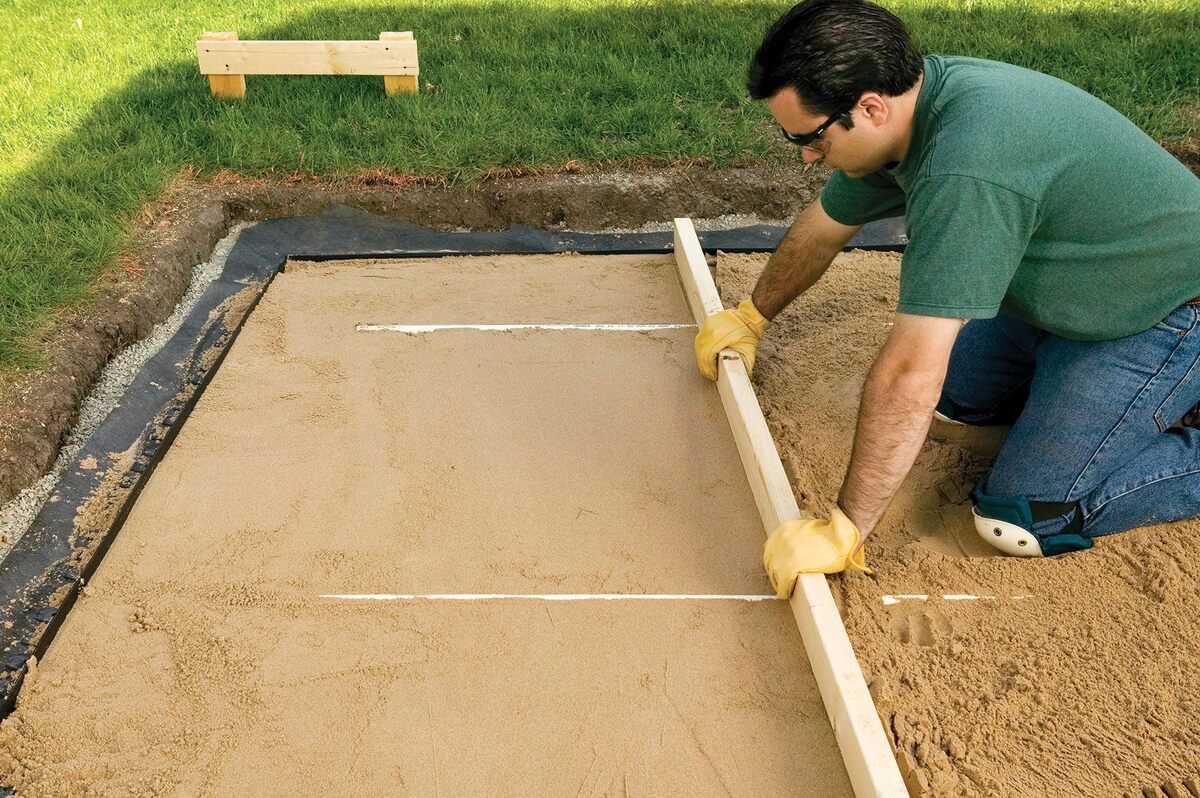
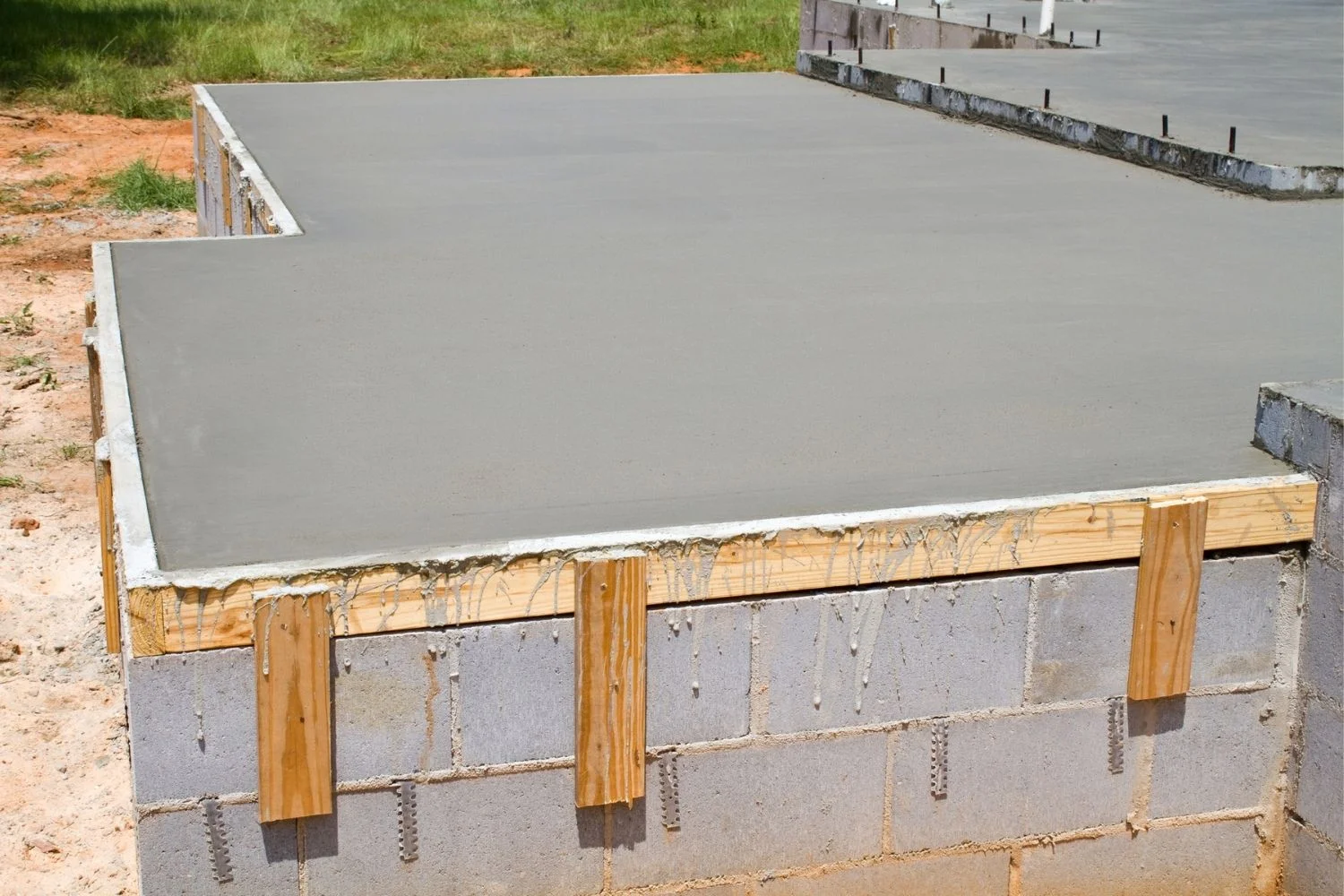
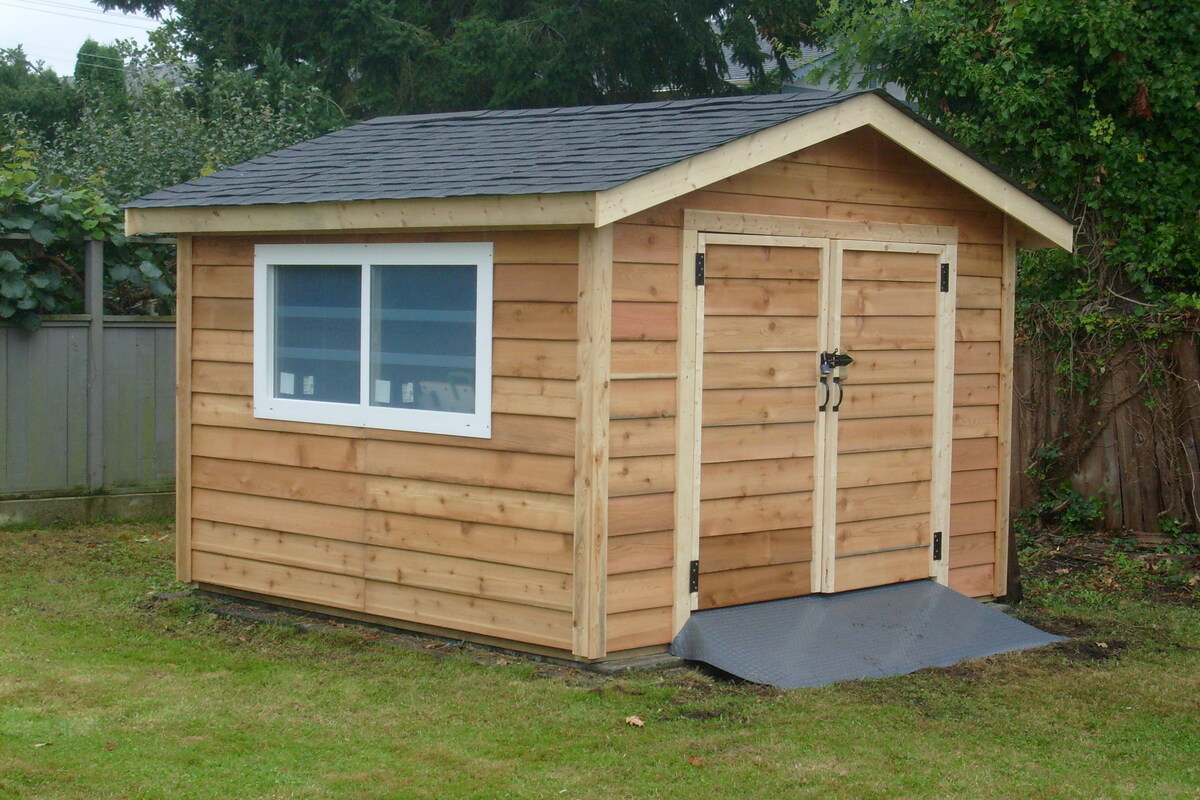
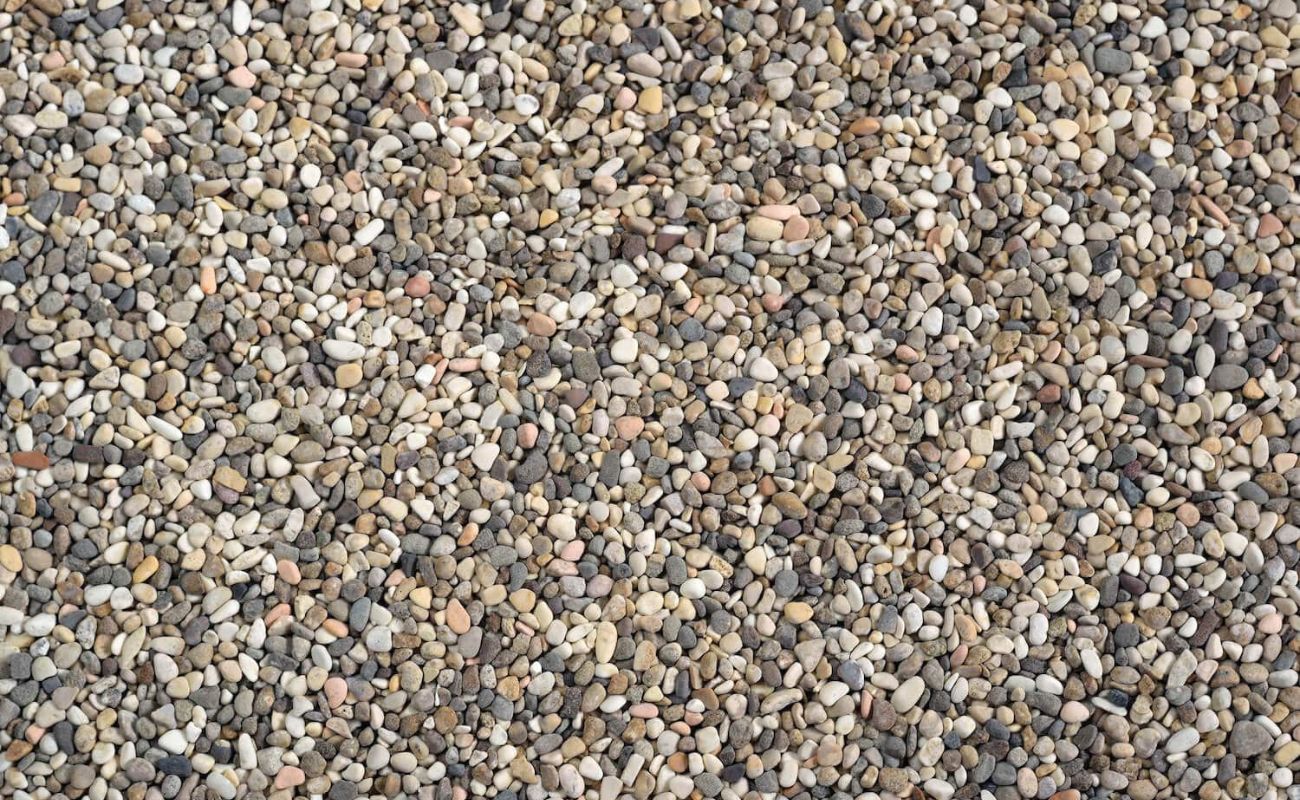
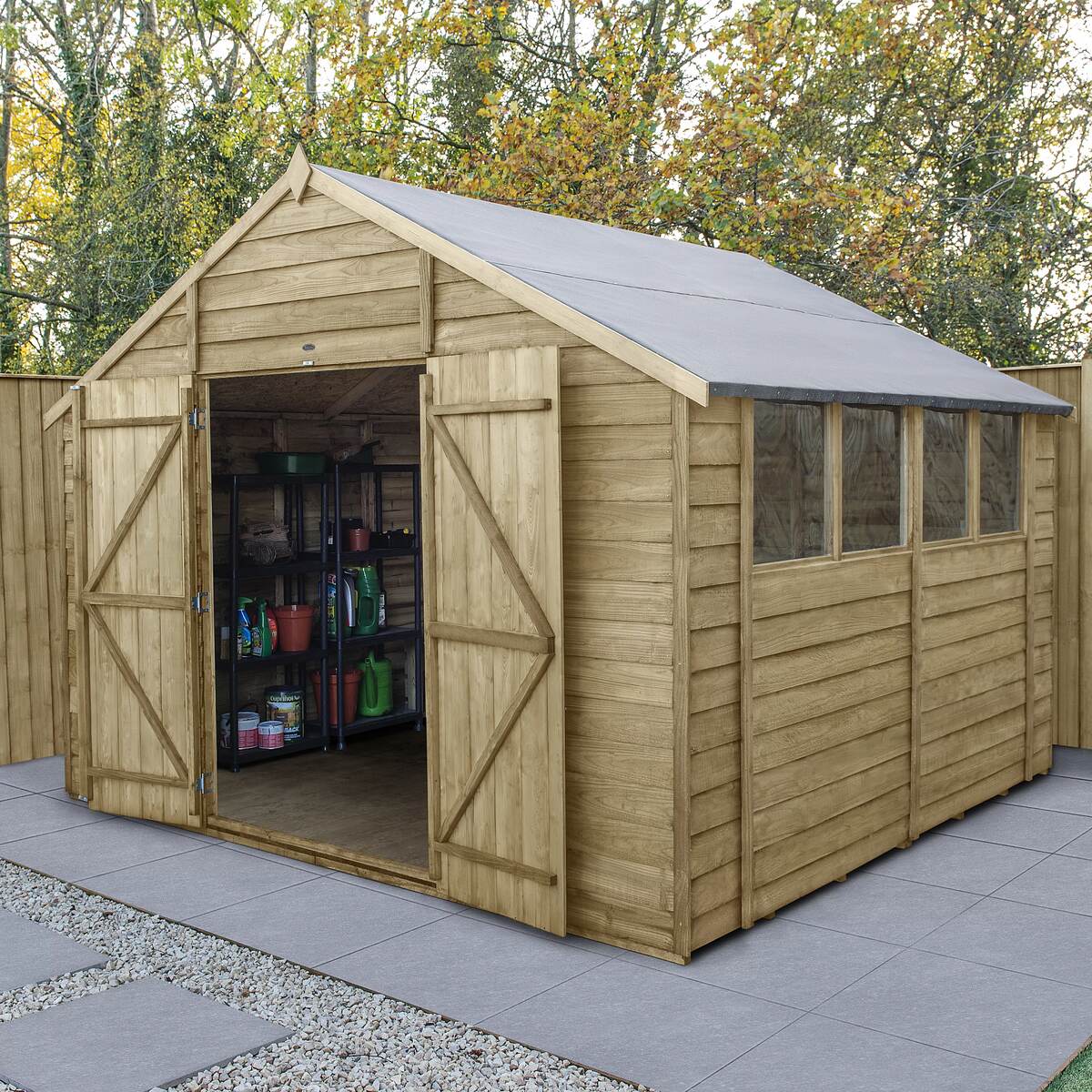

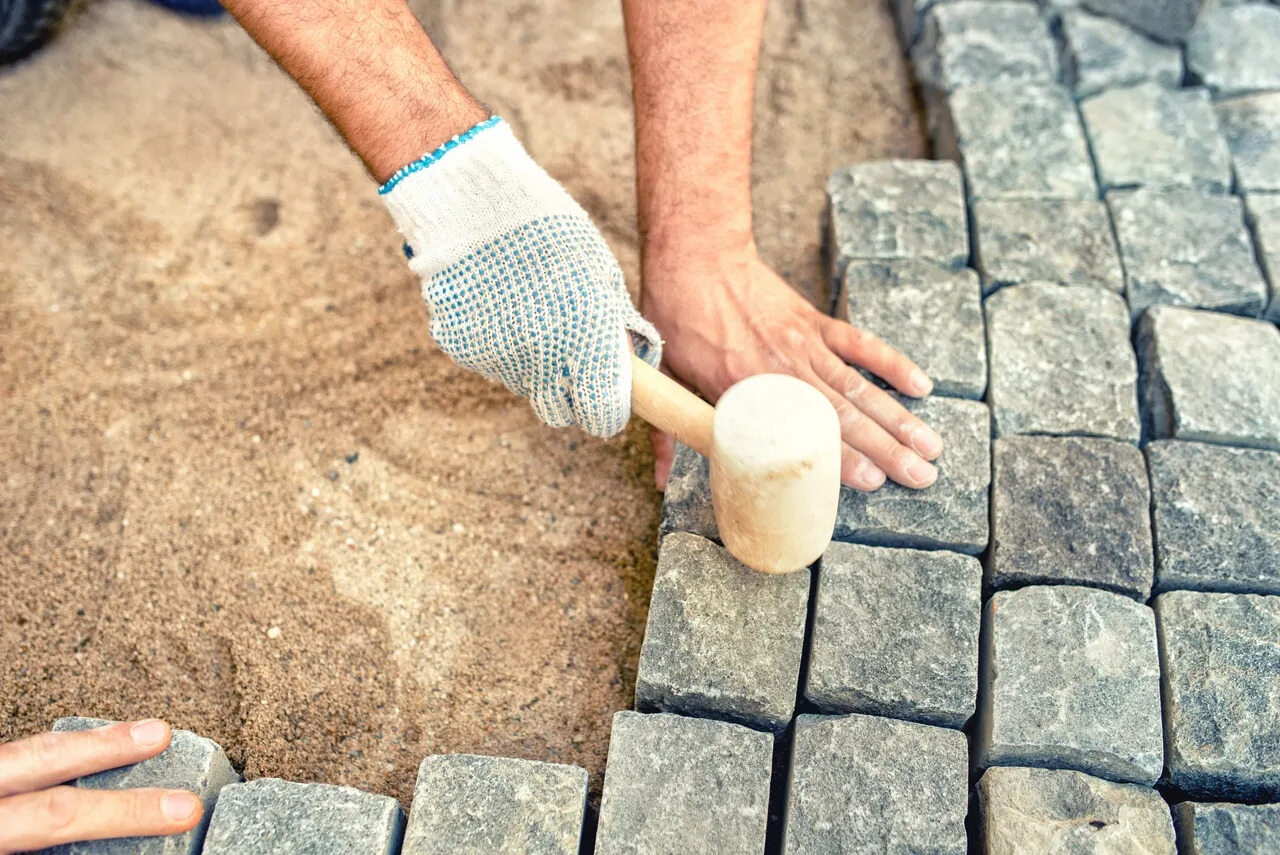
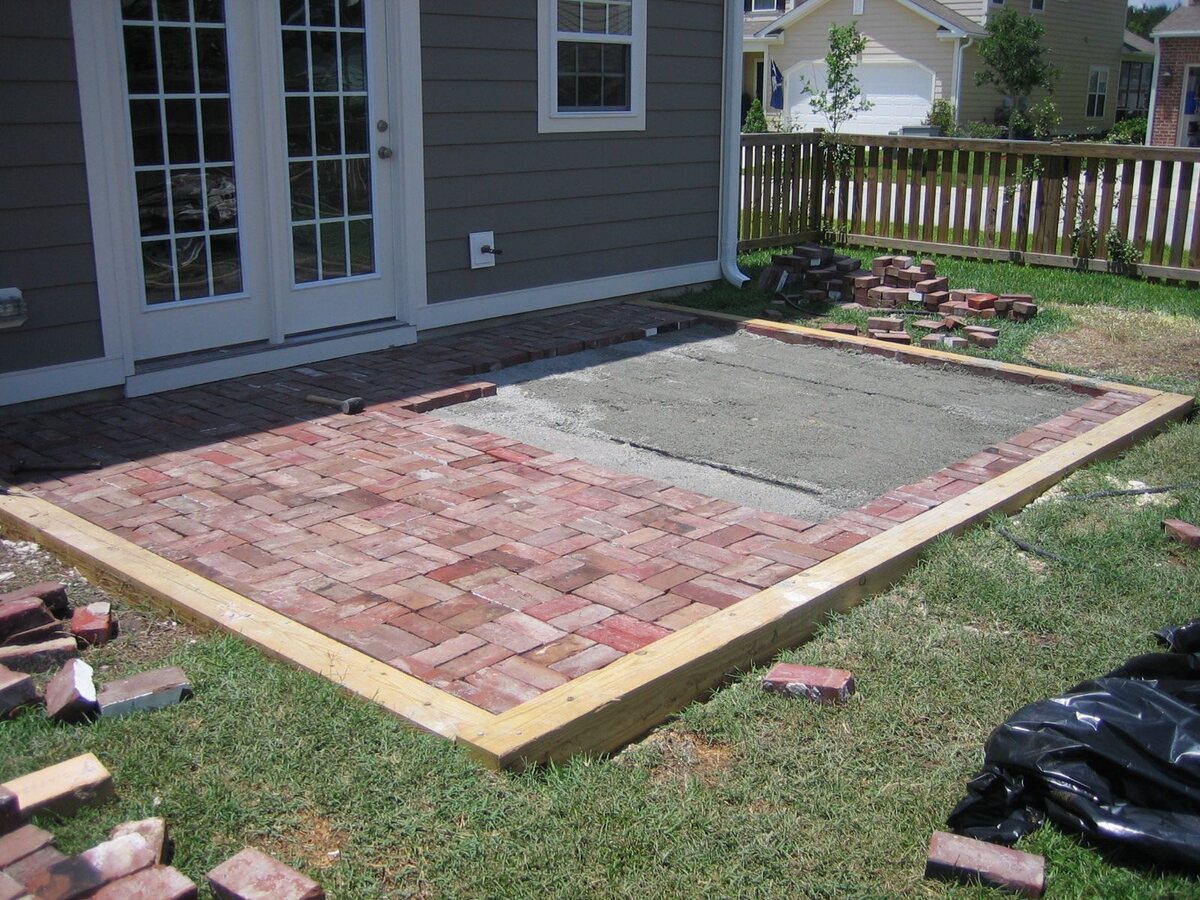
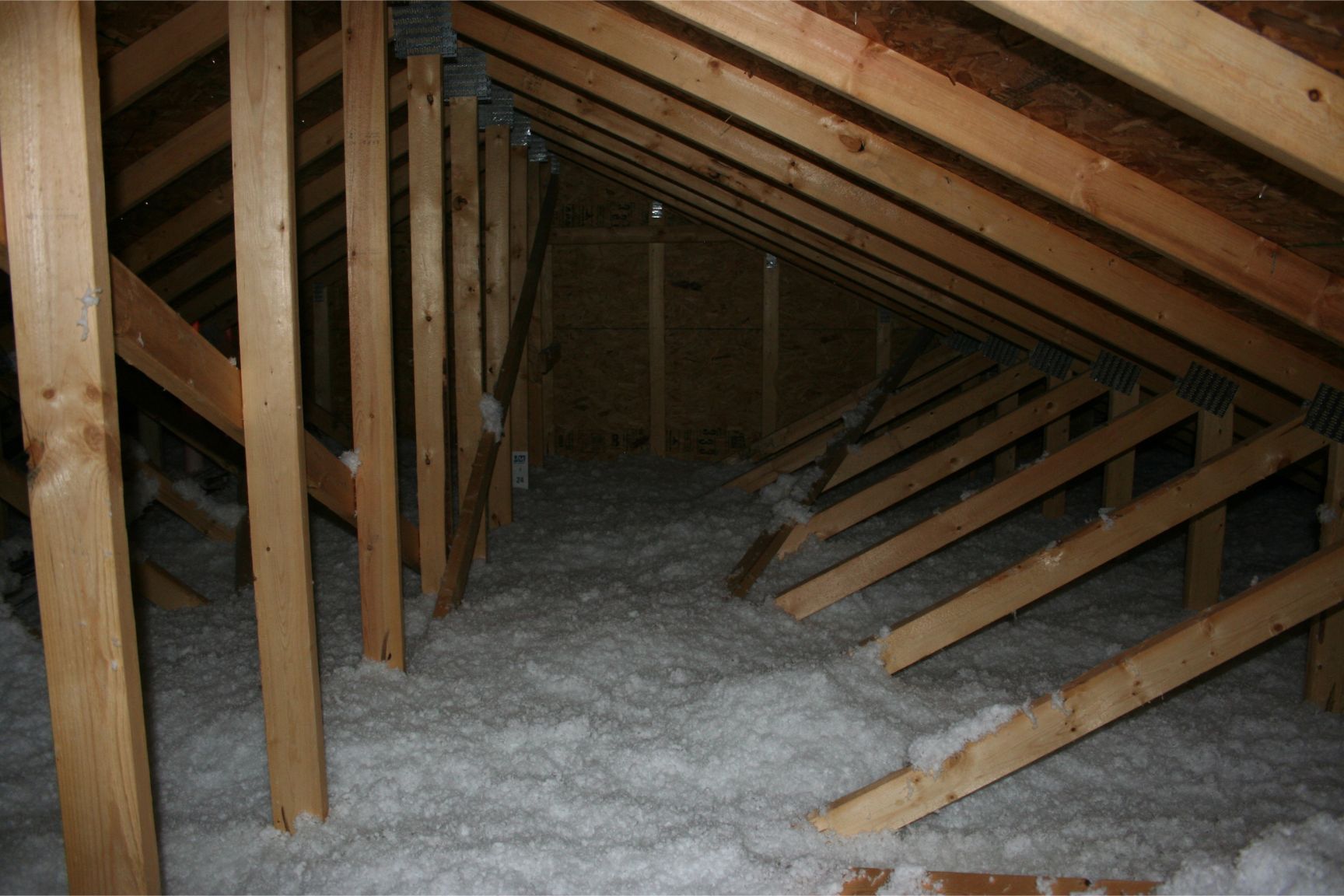

0 thoughts on “How Much Pea Gravel Do I Need For A 10X10 Patio”